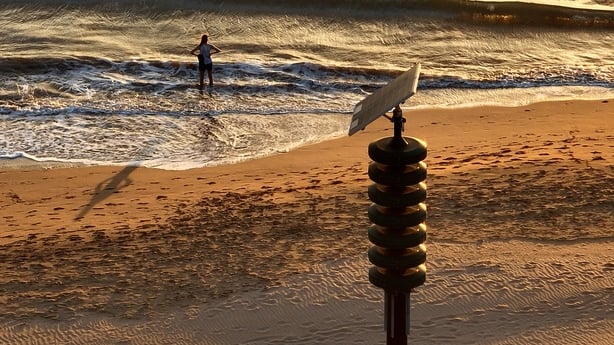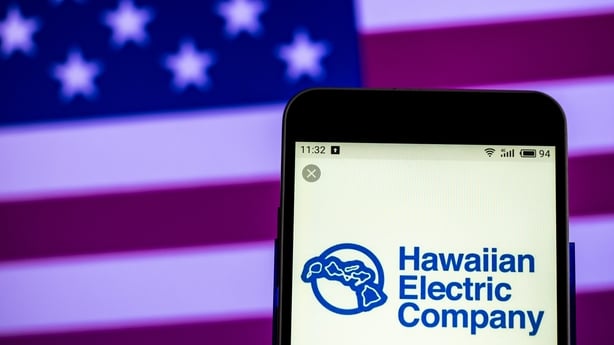Wildfires on Hawaii's Maui have killed at least 99 people, forced tens of thousands of residents and tourists to evacuate the island and devastated the historic resort city of Lahaina.
It's the deadliest US wildfire in more than a century.
The Big Island of Hawaii is also battling wildfires, although no fatalities have been reported.
Here are some key questions and answers about the blazes.
Are the Maui fires still burning?
Yes - firefighting crews are still battling flare-ups.
The largest fire in Lahaina is 85% contained and has burned 880 hectares, Maui County said.
A more limited blaze in the Upcountry/Kula region is two thirds contained having charred 275 hectares (one hectare is 10,000 square metres). All other smaller fires are now completely contained.
The fires, which started the night of 8 August, wreaked widespread destruction in Lahaina. The city of about 13,000 people on northwestern Maui was once a whaling centre and the Hawaiian Kingdom's capital. It draws 2m tourists a year.
Dogs trained to locate corpses searched Lahaina's charred ruins for victims, and officials said it was likely the number of dead would rise.
The Federal Emergency Management Agency (FEMA) estimates that it will cost $5.5bn (€5bn) to rebuild the town.
How does the death toll compare to other fires?
The Maui blaze is the deadliest US wildfire since 1918, when northern Minnesota's Cloquet Fire, which raged for more than four days, claimed 453 lives, according to the National Fire Protection Association (NFPA).
The deadliest wildfire in US history, Wisconsin's Peshtigo fire in 1871, claimed 1,152 lives.
Hawaii's fires are the most lethal disaster to hit the islands since a tsunami killed 61 people in 1960, a year after Hawaii became a US state.

Did the disaster warning sirens work?
Some Maui residents have questioned whether more could have been done to alert them.
Witnesses said that they had little warning, describing their terror as the blaze destroyed Lahaina in what seemed like minutes, with some diving into the Pacific Ocean to escape.
Sirens stationed around the island to warn of impending natural disasters never sounded, and widespread power and cellular outages hampered other forms of sending alerts.
Hawaii Governor Josh Green has vowed to investigate the response and emergency notification systems.
How did the fires start?
The causes of the fires have not been determined, although the National Weather Service had warned of high winds and dry weather, conditions ripe for wildfires.
The vast majority of US wildfires - almost 85% - are caused by humans, according to the US Forest Service. Natural causes include lightning and volcanic activity.
In Hawaii, the proportion of fires caused by people is over 99%.
Less than 1% of fires are due to natural causes, according to Elizabeth Pickett, co-executive director of the Hawaii Wildfire Management Organization, even though the Hawaiian Islands have six active volcanoes, including one on Maui.
The spread of flammable non-native grasses in areas of former farmland and forest has created large amounts of small, easily ignited materials that increase the risk and severity of fire.
Record-setting heat this summer has contributed to unusually severe wildfires in Europe and western Canada.
Scientists say climate change, driven by fossil fuel use, has led to more frequent and more powerful extreme weather events.

Why did shares of Hawaiian Electric fall?
Hawaiian Electric Industries shares lost over a third of their value by the close of business yesterday amid growing scrutiny over whether the utility's equipment played any role in the wildfires.
The stock plummeted just moments after the opening bell as it emerged that the company has been hit by two lawsuits by state residents who claim that it was responsible for the fires.
Hawaiian Electric has been widely criticised for not turning off power despite forecasters warning of critical fire conditions.
Read more
Hundreds unaccounted for as searches continue in Hawaii
Former Xposé presenter Peter O'Riordan loses Maui home in fires


